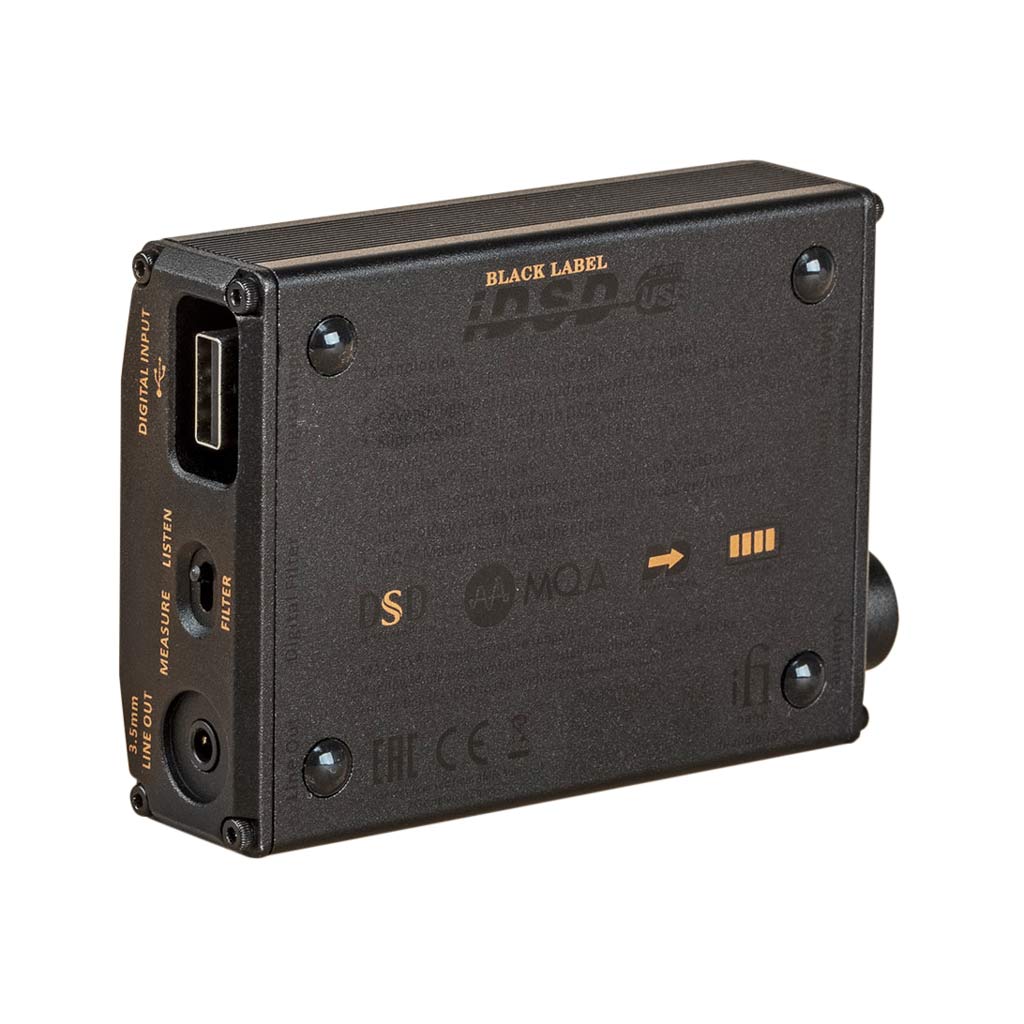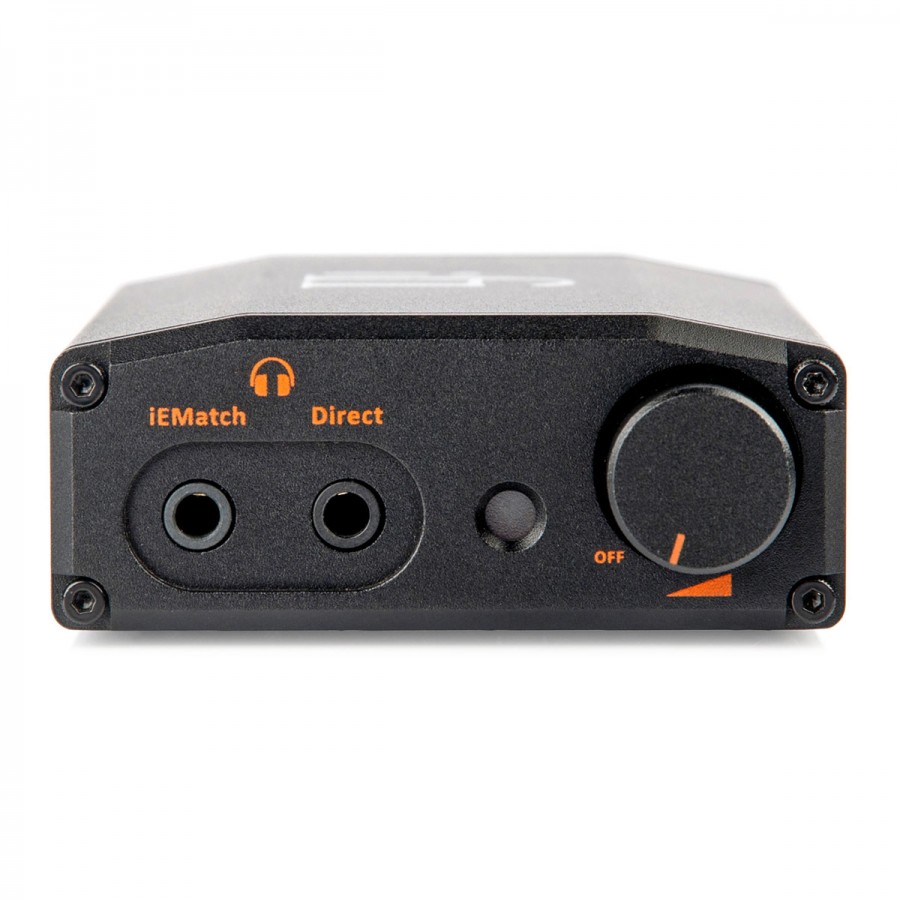
- #NANO IDSD BITPERFECT FULL#
- #NANO IDSD BITPERFECT ANDROID#
- #NANO IDSD BITPERFECT PRO#
- #NANO IDSD BITPERFECT PC#
The unit is specified to run up to 10 hours on battery power with IEMs or efficient headphones. Running it off its charged internal battery is recommended with mobile devices.
#NANO IDSD BITPERFECT ANDROID#
The Black Label can be powered via USB from Android devices, but not from iOS handhelds, which do not allow USB power draw by Apple mandate. For use with mobile devices, you’ll have to add your own Android OTG or Apple camera adapter dongle.

The company recommends them over ordinary charging cables. The company provides three accessories that plug into it: a 40-inch USB-A female to USB-A male cable, a 7-inch USB-A female to USB-B female dongle, and a USB-A female to USB-B female adapter.
#NANO IDSD BITPERFECT PC#
It can charge the internal battery by drawing power from your PC (though you might instead use a common 5-volt phone charger). The only audio input is an unusual socketed USB-A male connector recessed into the chassis.

The option isn’t available in MQA, which uses a predefined, mandatory fixed filter, or in DXD, which uses a fixed filter for what they call “bit-perfect” processing. I found the difference between the two modes almost vanishingly subtle on program material. With DSD, Measure is narrow bandwidth, optimized for low outof-band noise, while Listen is extended bandwidth, again optimized for impulse response. With PCM material, the Measure mode employs a linear phase filter for flattest frequency response, and the Listen mode uses a minimum phase filter to avoid pre-ringing on transients. The Black Label aspires to be bit-perfect-lossy formats notwithstanding, of course. There is no DSP in the signal chain to modify the music. On the front are a volume knob, a multicolored LED for power and sampling-rate status, and the two headphone outputs. It also has rubber feet to grip the surface of a desk. The physical form of the Black Label is a modest black box about an inch tall, small enough to attach to your smartphone with the supplied rubber straps. It also supports the format-agnostic MQA (Master Quality Authenticated), which allows a lossy version of hires audio to travel in streams and files that are compatible with, and the size of, uncompressed 48/24 PCM audio. There’s also a fixed-level analog line output to feed an audio system (but no input for analog line-level sources).Īlong with handling PCM files (up to 384-kHz/32-bit in various formats), the most prevalent type, the Black Label decodes exotic file types such as DSD (up to quad rate of 11.2 megahertz, also called DSD256) and DXD (a PCM-derived format used in DSD mixing, up to 384/24). AMR touts compatibility through both outputs with headphones that offer a 3.5mm TRRS balanced cable (the four-pole variety) by maintaining the balanced wiring all the way up to the amplifier, which is claimed to maintain the benefits of balanced wiring despite this being a single-ended amp.

#NANO IDSD BITPERFECT FULL#
It provides two different headphone minijacks, one of which is designed specifically with reduced output for in-ear monitors and more efficient headphones the other supplies full power for less efficient ’phones. But its design is smarter than your average headphone amp. The company emphasizes that the Black Label’s headphone amp outputs 10 times more power than one in a typical smartphone or tablet, enabling it to run more demanding headphones with more headroom. That’s a mouthful let’s just call it the Black Label. The nano line alone includes the nano iGalvanic3.0 USB isolation device, the nano iUSB3.0 USB power supply and signal regenerator, and several DACs: the nano iOne DAC, the nano iDSD LE headphone amp/DAC, and, reviewed here, the nano iDSD Black Label amp/DAC.

#NANO IDSD BITPERFECT PRO#
Some of iFi’s dozens of products are exotic, like the LS3.5, a reimagining of the classic BBC LS3/5A monitor with a bamboo enclosure, or the Pro iESL, a headphone amp specifically designed for electrostatics. In 2012, AMR launched iFi Audio as a “trickle down” value brand with high environmentalist aspirations, using materials that are either recycled (plastic) or recyclable (aluminum). But what if the same money can buy something with a little more real estate for circuitry and the always vital power supply, offering better than 96-kilohertz/24-bit resolution, DSD, MQA, and two headphone outputs with different gains, one for demanding ’phones and one for more efficient ones (including in-ear monitors, aka IEMs)? Of course, you must read on.īritish parent company Abbingdon Music Research markets a full range of pricey, bleeding-edge two-channel products, including a triode vacuum tube amplifier and a CD player. We live in the golden age of the stick amp, and I’m sure not knocking ’em. If you’re looking for a USB amp/DAC to juice your headphones, you might assume that a couple hundred bucks would buy nothing more than a stick amp, one of those compact dongles that extends straight out from your computer’s USB port.


 0 kommentar(er)
0 kommentar(er)
